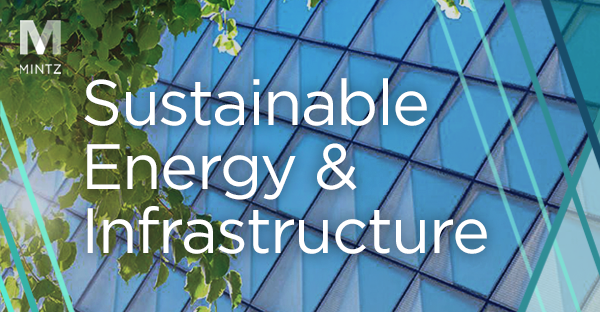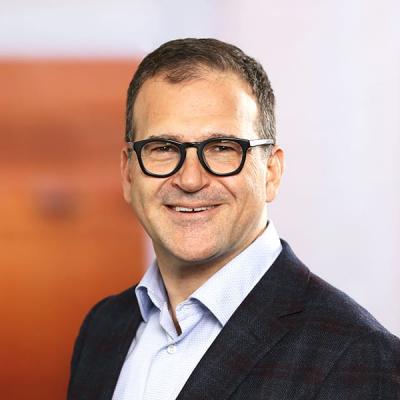Energy & Sustainability Client Feature: Quaise
This month, we are thrilled to feature Quaise, a startup born from research at the MIT Plasma Science and Fusion Center. Founded in 2018, Quaise is pioneering a new type of energy drilling system in order to reach the depths necessary to unlock geothermal energy, the largest source of power-dense clean energy on Earth. While geothermal energy is an abundant energy source, limitations in drilling technology have historically inhibited scientists’ ability to harness its full potential. Quaise’s groundbreaking effort has significant implications for the usage of geothermal energy.
This past June, Quaise announced that it raised $6 million in seed funding. The Engine, a venture firm associated with MIT, led the funding round alongside Collaborative Fund. Founded by Carlos Araque and Paul Woskov, Quaise is pioneering an effort to transition from fossil fuels to emissions-free energy. Quaise will rely on a technique developed by co-founder Woskov involving the use of electromagnetic waves to reach great depths. A gyrotron — a machine used in nuclear fusion experiments — generates these electromagnetic waves, which are then used to blast through rock.
Currently, there are a few experimental geothermal drilling sites on the planet, such as Russia’s Kola Superdeep Borehole. These sites have managed to drill over 10 kilometers deep using conventional methods, but Quaise plans to dig even deeper than 10 kilometers in a mere 100 days. Quaise hopes to commercialize its breakthrough hybrid drilling method by harnessing the established infrastructure of the oil and gas industry. Although other drill sites have not been able to easily reach depths beyond 10 kilometers, the energy industry has been drilling holes at least five kilometers deep for decades. These tools are readily accessible for Quaise’s use.
In response to Quaise’s successful funding round, Ann DeWitt, a General Partner at The Engine, commented, “The world’s energy demand is expected to increase by 50% over the next three decades with the vast majority of today’s demand met by fossil fuel. Geothermal energy is one of the few energy sources capable of addressing the challenge this poses to our planet, if it’s broadly accessible. Quaise’s technology promises just this.”
Quaise intends to drill up to five kilometers using conventional technology, but it plans to use its novel millimeter-wave drilling system to drill at greater depths. Because geothermal energy becomes accessible anywhere on the planet at depths of 10-20 kilometers, the commercialization of Quaise’s drilling technique has the potential to make this form of clean energy available around the globe.
Because Quaise is an early-stage Tough Tech startup, it plans to complete experiments in the lab before making its technology functional on site. The company intends to have its millimeter-wave drilling system capable of drilling through more than a meter of rock by 2023. Quaise’s groundbreaking efforts unequivocally hold great promise for the future of sustainable energy technology.



